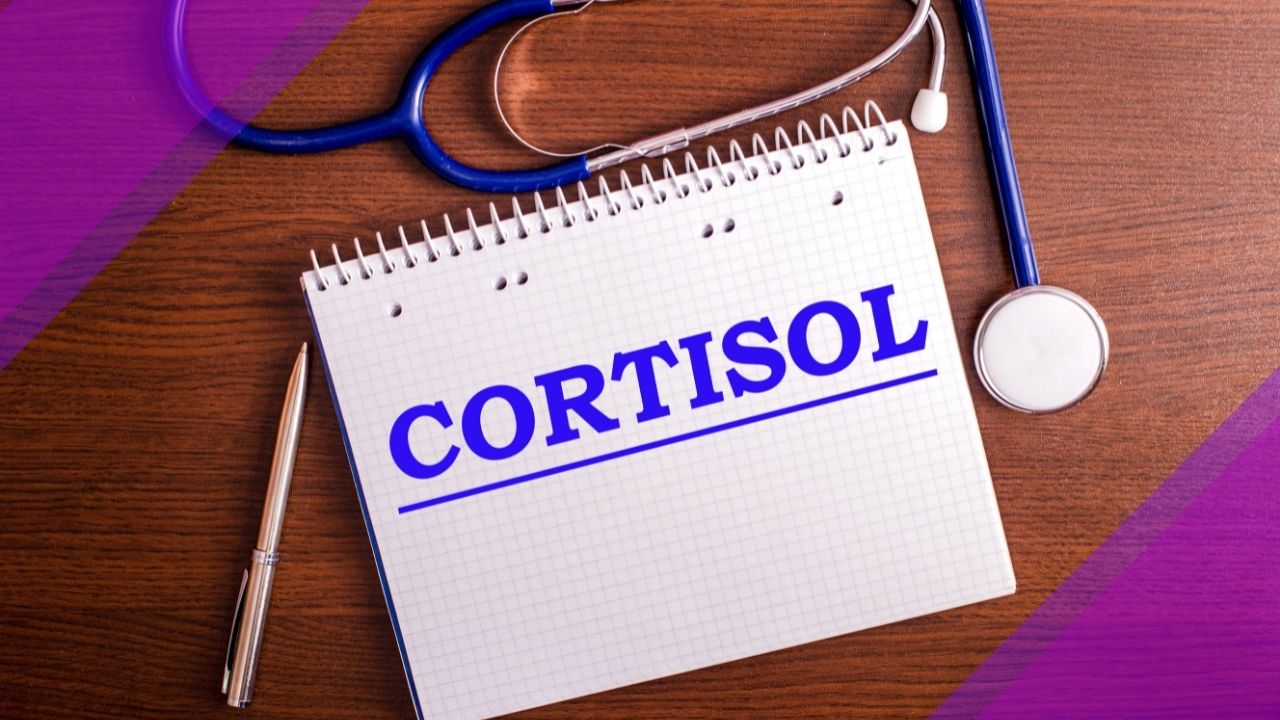March 28, 2022
5 Ways to Keep Deep Belly Fat in Check

Fat can be your friend (it’s true!). But deep belly fat (which you can’t even see) is a health foe and it rises with menopause. Here’s what helps keep belly fat at bay.
By Selene Yeager
We are not fat-phobic here at Feisty Menopause, as we know that body fat, especially at midlife, is not all bad. We’ve also happily tossed diet culture into the dumpster and lit it on fire so as to never deal with that sh*t again. But as active, performance-minded women we also care a whole lot about keeping our bodies as healthy as they can be. So, we’re interested in ways to keep visceral fat, which is the kind that accumulates around internal organs and can contribute to insulin resistance and metabolic and cardiovascular disease, in check.
Women start storing more visceral fat during perimenopause. You can’t really see this fat the way you do subcutaneous fat, but it expands your abdominal area from deep within. Scientists are still studying why this happens. Hormonal fluctuations, including estrogen decline, cortisol increases, among others, certainly play a significant role. Sleep disruptions can contribute. And other factors like changes in the gut microbiome may also be part of the picture.
What’s a woman to do? (We certainly get that question a lot.) There are no magic bullets (or special teas or cleanses or supplements…) that “melt” deep belly fat. The best strategy is multifactorial: taking actions that help pick up some of the metabolic slack left behind by your shifting sex hormones. Here’s what science shows.
Make muscle. Here’s another reason to incorporate more strength training into your routine: Strength training can significantly reduce visceral fat—especially in postmenopausal women. In one study of women and men ages 61 to 77, researchers had the participants strength train twice a week for 25 weeks. At the end of the trial, the women and men lost equal amounts (just under 4 pounds) of total fat, but only the women lost a significant amount of abdominal fat (both subcutaneous and visceral). Plus, strength training helps improve insulin sensitivity, which brings us to the next strategy.
Manage blood sugar. During menopause, our fluctuating and declining sex hormones make it harder to manage blood sugar and we have a tendency to become more carbohydrate sensitive and insulin resistant, which can set up a vicious cycle of visceral fat gain and insulin resistance. When your liver, which is a reservoir and gatekeeper for much of your body’s stored glucose, is surrounded by fat it causes metabolic dysregulation. That means your body is forced to pump out way more insulin in order to get the glucose into the cells. Insulin is a fat-storing hormone, so the more we push out, the more difficult it is for us to lose weight. I highly recommend checking out episode 71 of Hit Play Not Pause: All About Blood Sugar with Molly Downey, RDN for an in-depth discussion on this.
Though exercise helps, athletes are not immune. In fact, InsideTracker reports that only 23% of their users have optimized glucose levels. Fueling around your workouts, when your muscles are most primed to pull in glucose, prioritizing strength training, and taking frequent walk breaks can help. Also, eat your carb-heavy foods along with protein, fat, and fiber-rich foods.
Add intensity. High intensity interval training (HIIT), especially the shortest variations like sprint intervals lasting 30 seconds or less can help provide the metabolic stimulus to decrease deep belly fat. One study of postmenopausal women with type 2 diabetes found that those who performed short interval sessions twice a week decreased visceral fat by 24 percent while their peers who did moderate intensity exercise had no statistically significant losses. Tabatas are a simple way to add intensity to any exercise: After a warmup, push as hard as possible for 20 seconds. Recover for 10 seconds. Repeat 6 to 8 times. Rest 5 minutes, and work up to repeating 2 to 3 more rounds.
Tame Stress. When you’re stressed, your body releases cortisol and adrenaline, which stimulates your liver to produce and release glucose, so you have the energy to fight or run. Except often when we’re experiencing stress, we’re at a desk and have the opportunity to do neither. Plus, cortisol is harder to keep in check as our sex hormones decline. Overexposure to cortisol puts us at risk for chronic inflammation, poor blood sugar management, sleep disruption, and yes, excess visceral fat. Managing stress whether through mindfulness, breathing exercises, or other means, matters, especially during menopause. Episode 43 of Hit Play Not Pause: Calm Your Mind with Alisha Brosse, Ph.D., covers ways we can quell anxiety, manage menopausal symptoms like hot flashes and night sweats, and get some quality sleep during this time of life, all of which help keep stress in check.
Seek Help for Symptoms. Speaking of stress and menopause symptoms. A study published last Fall in Menopause reported that cortisol is increased in symptomatic menopausal women and it negatively impacts nearly every aspect of health. The worse the symptoms, the higher the cortisol levels. Importantly, they also found that treating symptoms, whether through hormone therapy, phytoestrogens, or acupuncture (the three treatments used in the study) was associated with a significant reduction in cortisol. They concluded that “improvements of symptoms, induced by any means, can reduce cortisol exposure, and possibly its deleterious effect on a woman’s health.” Whatever works for you helps. Whatever you do, don’t “just deal with it,” says a friend of Feisty Menopause, Dr. Carla DiGirolamo, “your menopause experience matters.”


 Outspoken Women in Triathlon Summit Returns Bigger than Ever
Outspoken Women in Triathlon Summit Returns Bigger than Ever  Driving the Lamborghini: Productivity and the Power of Paper
Driving the Lamborghini: Productivity and the Power of Paper  5 take aways from the Compete Sports Diversity Summit
5 take aways from the Compete Sports Diversity Summit  Simple Tips to Hone Your Bike Handling Skills
Simple Tips to Hone Your Bike Handling Skills 

